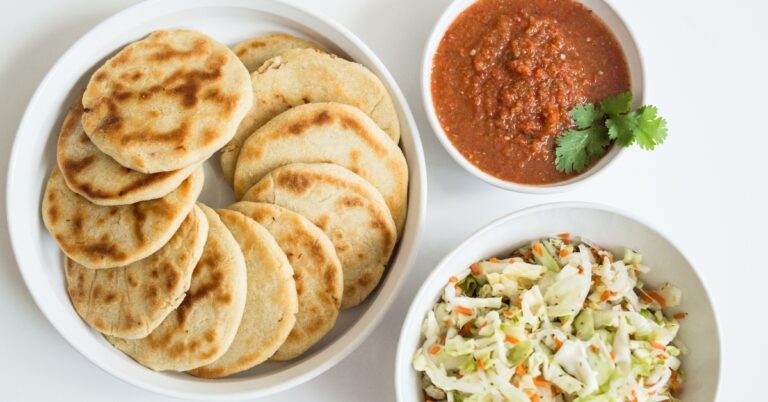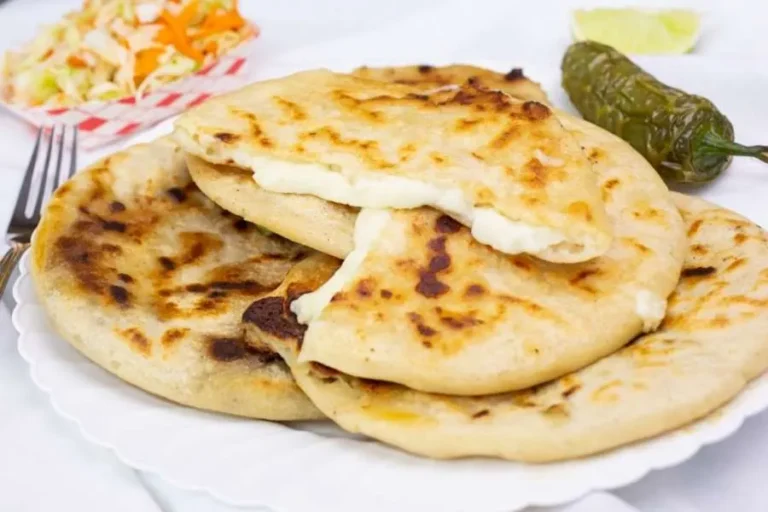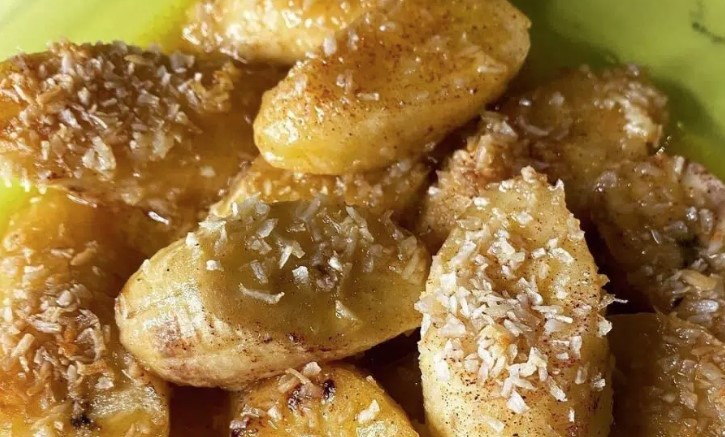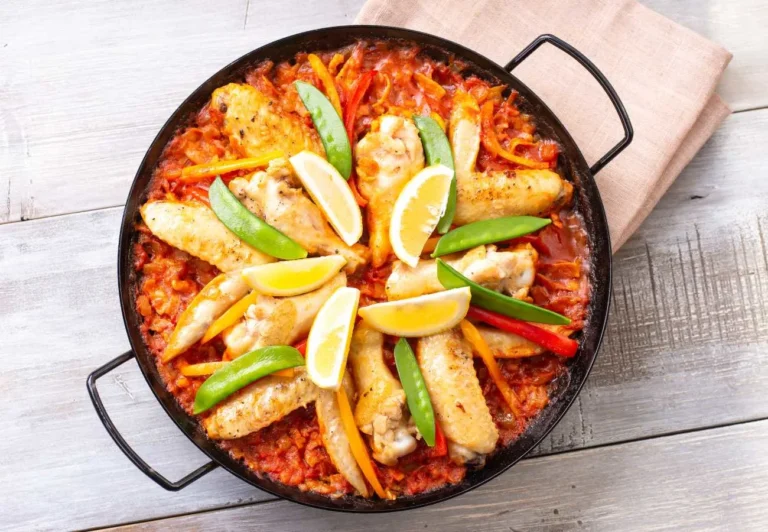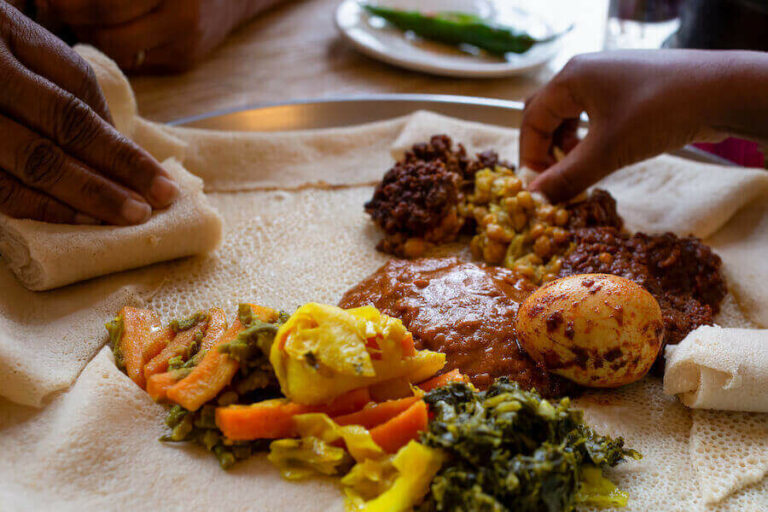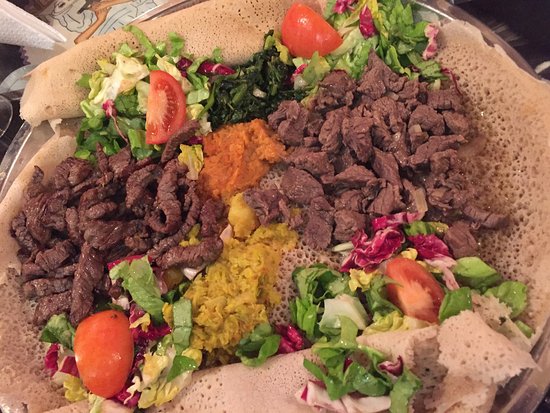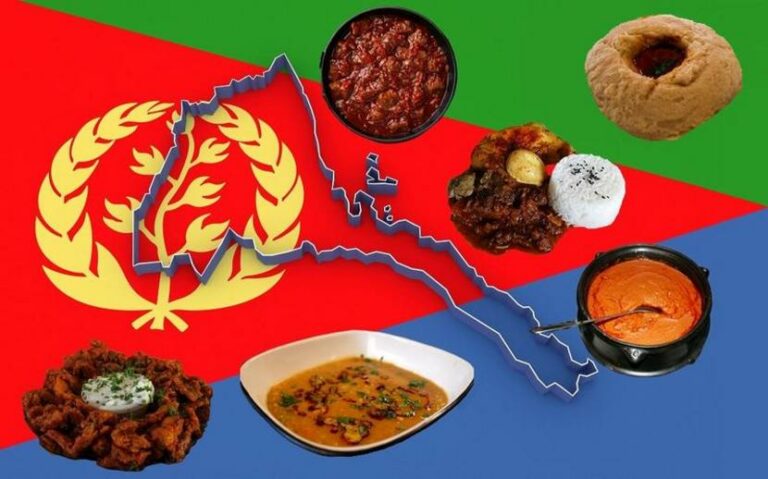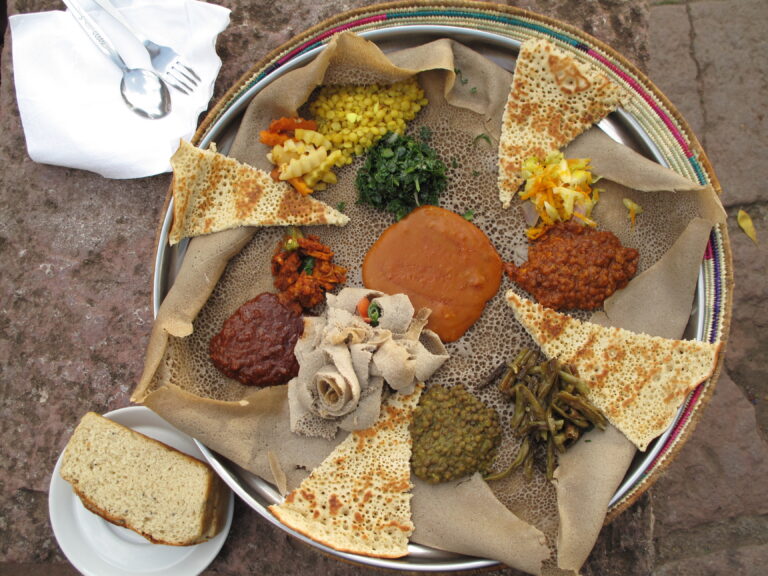Introduction: Locro de Papa, a Traditional Ecuadorian Delicacy
Locro de papa is a hearty potato soup that is a staple of Ecuadorian cuisine. This delicious and nutritious dish is made with a variety of ingredients, including potatoes, corn, cheese, and a variety of spices. Locro de papa is typically served as a main course or as a starter dish and is enjoyed by people of all ages.
The roots of locro de papa can be traced back to the indigenous people of the Andean region of South America. The dish has been passed down from generation to generation and has become a symbol of Ecuadorian culture. Today, locro de papa is enjoyed throughout the country and is a beloved dish that represents the rich history and traditions of Ecuador.
Ingredients: The Key Components of Locro de Papa
The key ingredients in locro de papa are potatoes, corn, and cheese. Other important ingredients include onion, garlic, cumin, and achiote, which give the soup its distinctive flavor. The type of potato used in the soup can vary depending on personal preference, but yellow potatoes are typically used.
To make locro de papa, you will also need milk, heavy cream, salt, and pepper. The cheese used in the soup can also vary, but queso fresco, a type of fresh cheese, is commonly used in Ecuadorian cuisine. The final touch is the toppings, which can include avocado slices, popcorn, and cilantro.
Preparing the Potatoes: First Step to Making Locro de Papa
The first step in making locro de papa is to prepare the potatoes. Peel and cut the potatoes into small cubes and rinse them in cold water. Then, place the potatoes in a pot with salted water and bring them to a boil. Cook the potatoes until they are tender, but not mushy. Drain the water and set aside the potatoes.
Sautéing the Onion and Garlic: Adding Flavor to the Soup
The next step is to sauté the onion and garlic in a pot with oil until they are soft and fragrant. Add cumin and achiote to the pot and cook for a few minutes to release their flavors. Then, add the cooked potatoes to the pot and sauté them with the onion and garlic mixture for a few minutes.
Adding the Potatoes, Corn, and Cheese: Building the Soup Base
After sautéing the potatoes, add corn to the pot and stir well. Then, add milk and heavy cream to the pot and bring the mixture to a simmer. Add the cheese to the pot and stir well until the cheese has melted and the soup is smooth. Season with salt and pepper to taste.
Simmering and Mixing: Creating the Perfect Consistency
Once the soup is seasoned, reduce the heat to low and simmer for about 15 minutes. Stir occasionally to prevent the soup from sticking to the bottom of the pot. During this time, the flavors will meld together and the soup will thicken slightly.
Adding the Final Touches: Toppings and Serving Suggestions
Once the soup is done, it’s time to add the final touches. Serve the soup in bowls and top with avocado slices, popcorn, and cilantro. Additional toppings can include fried pork rinds, sliced hard-boiled eggs, and sliced scallions. Locro de papa is typically served with a side of white rice and can be enjoyed with a refreshing glass of chicha, a traditional Ecuadorian drink made from fermented corn.
Conclusion: Enjoying Locro de Papa, a Symbol of Ecuadorian Culture
Locro de papa is a delicious and nutritious dish that is a symbol of Ecuadorian culture. This hearty potato soup is easy to make and can be customized to suit personal tastes. Whether you’re a fan of spicy or mild flavors, locro de papa is sure to satisfy your appetite and provide a taste of Ecuadorian cuisine. So why not give it a try and experience the flavors of Ecuador for yourself?


